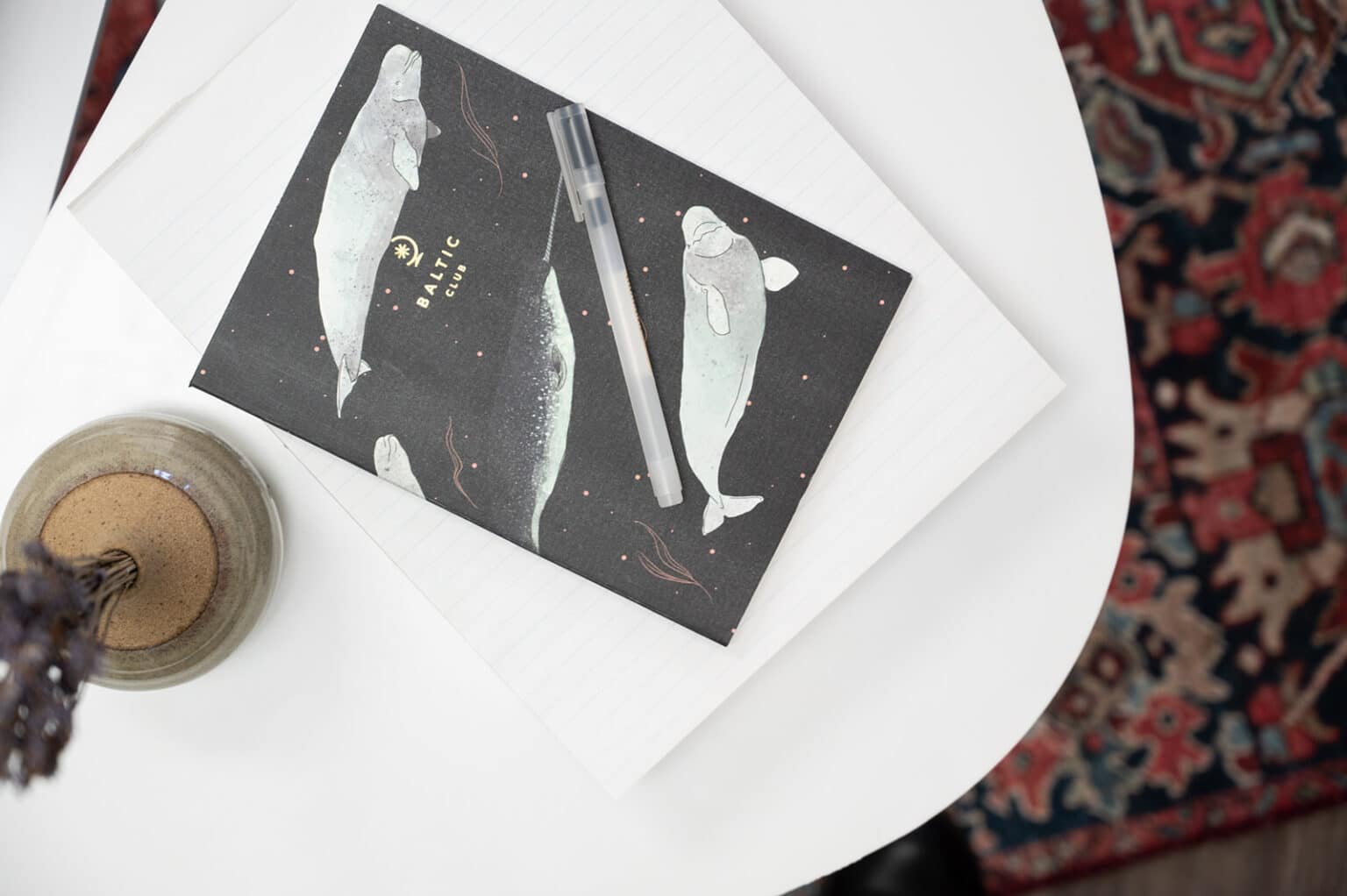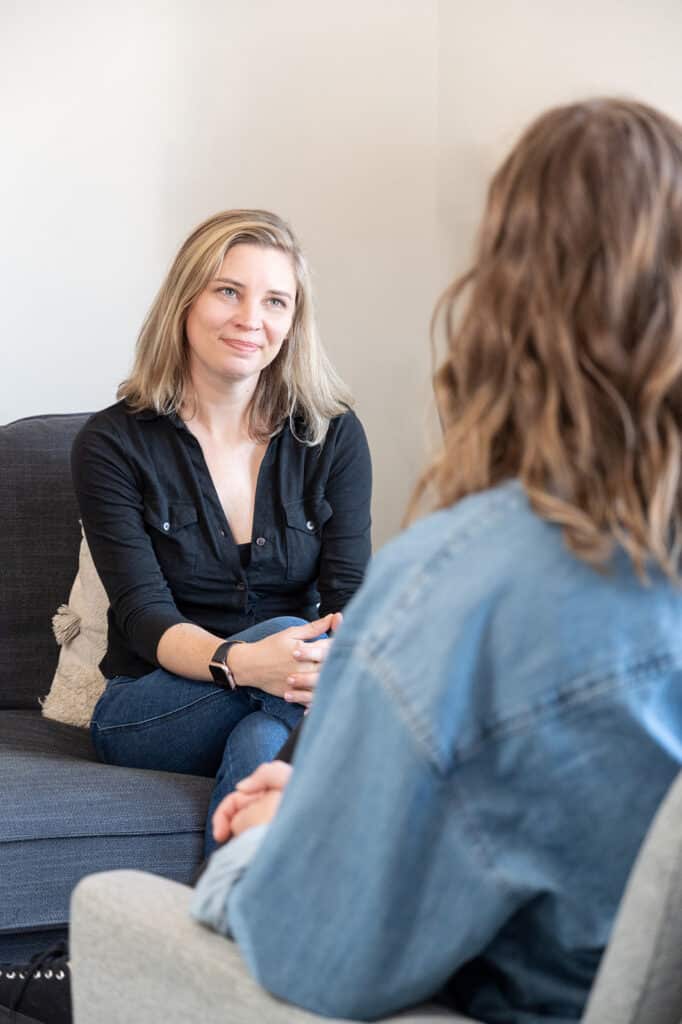Accelerated Resolution Therapy (ART) is a type of trauma therapy that combines the use of eye movements (that lead to a state of relaxation and stress inoculation), use of breath to reduce body symptoms, exposure through visualization, and guided imagery to re-script negative images. These are all combined in one session to assist the client to process their scene.

Accelerated Resolution Therapy
ART works directly to reprogram the way in which distressing memories and images are stored in the brain. Traumatic memories, if they are not processed, get stuck in our reptilian or survival brain. This is the area of the brain that is responsible for our fight/flight/freeze/fawn response. This is why when something triggers a trauma memory we experience this type of survival response.
Evidence has shown that use of eye movements is calming and therapeutic as it produces theta brain waves. Theta brain waves have been connected to creativity, intuition, and daydreaming. Additionally, these brain waves are often present during meditative states.
While it is not yet known how eye movements are so powerful, it is thought that eye movements replicate the response experienced during the REM phase of sleep. So, this is yet another reason why when we use ART, our clients typically report feeling calm as opposed to dysregulated. Current studies indicate that clients experience relief and symptom reduction within 1-5 sessions.
How Accelerated Resolution Therapy works
ART as a process guides the client to change how they feel and respond when triggered around their trauma. ART also allows us to replace negative images in the mind that cause our symptoms, with positive images of the clients choosing. Once the negative images have been
replaced by positive ones, the triggers will be minimized or eliminated altogether. Also, intrusive thoughts about the scene will be less intense, not last as long, and can even stop.
One of the main benefits of using ART is that is reduces re-traumatization for the client as there is no need to share their story with the ART clinician. This is because ART is procedural and uses the client’s images and memories combined with the eye movements to process their
scene.

Accelerated Resolution Therapy (ART) and EMDR are similar in that they both use eye movements to treat trauma. The main differences between EMDR and ART is that ART facilitates image replacement and the processing of body symptoms. These are two very important features that make can help make ART effective for individuals receiving trauma therapy.
ART treatment tends to be more condensed than EMDR and has a clear beginning, middle, and end in a session, so that clients will feel that they have gained some resolution by the end of their session.
ART might be right for you if you have unresolved trauma, anxiety, depression, and OCD and are still triggered by certain memories, noises, pictures, sounds, and tastes.
You would be an ideal candidate for ART if you can easily retrieve these memories in the form of images in your mind and/or the emotions that comes along with thinking about it. ART might not be right for you if you have certain eye conditions, balance, or vestibular conditions.
An ART session can be anywhere from 50-90 minutes. The clinician and client will have a session or two prior to doing ART to prepare for the session. It is recommended that after you do an ART session that you simply relax and have minimal responsibilities afterwards as your brain will feel like it has run a marathon. In fact, your brain will still be processing for approximately 6-8 hours after an ART session. This is why people tend to do ART on a day off or towards the end of the day.
At our office, Angela Mason and Jess Morrow offer Accelerated Resolution Therapy.
We understand reaching out takes effort. We try to make it as simple as possible. Send us an email, book a session using the link at the top of this page, review our Contact page – there is truly no wrong way to get in touch with us! And we aim to get back to you within 24-48 hours, because we know the wait can be a drag.
Let us know how we can help you!
Copyright © 2025 Levity Counselling Services. All Rights Reserved.